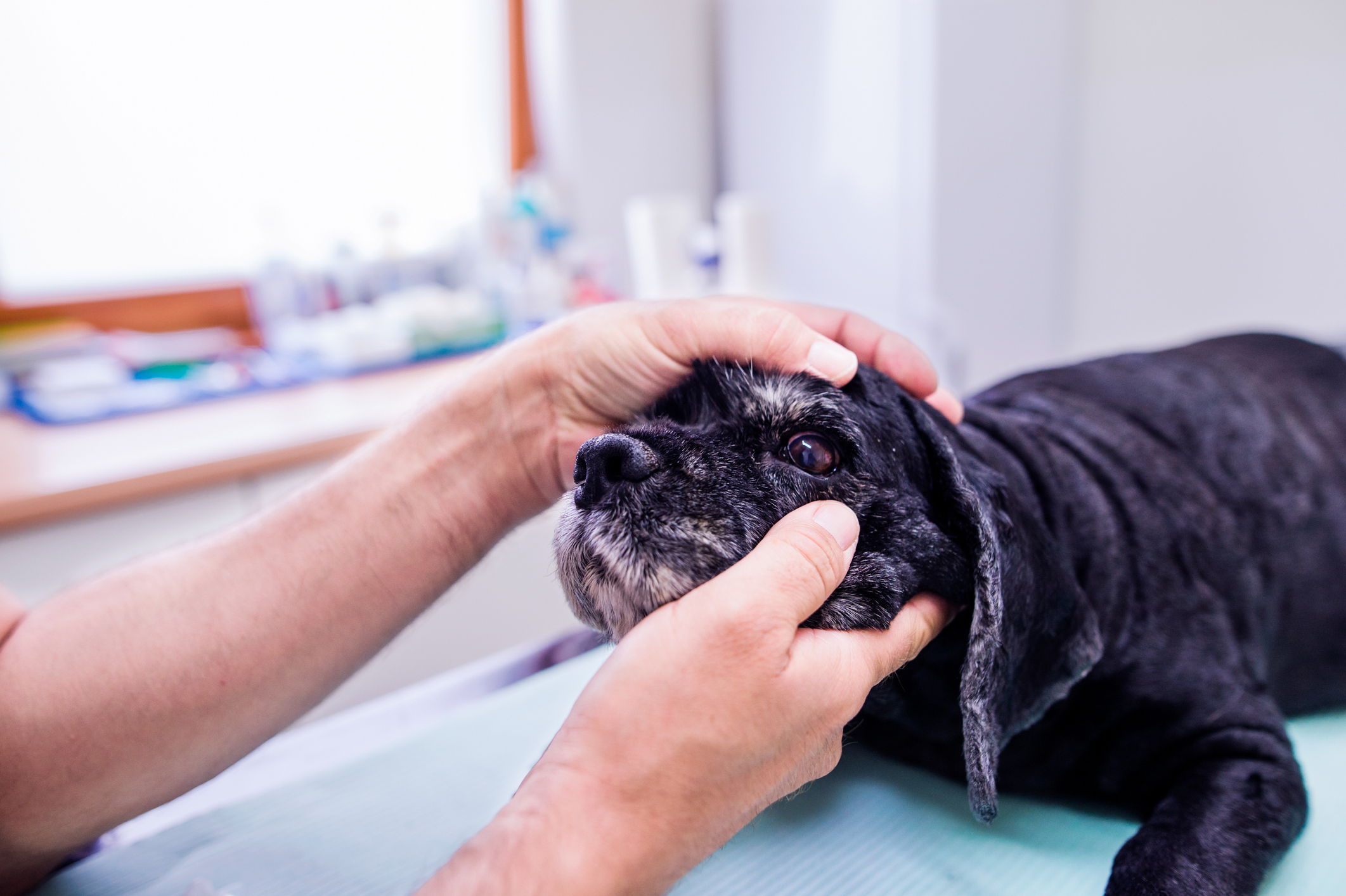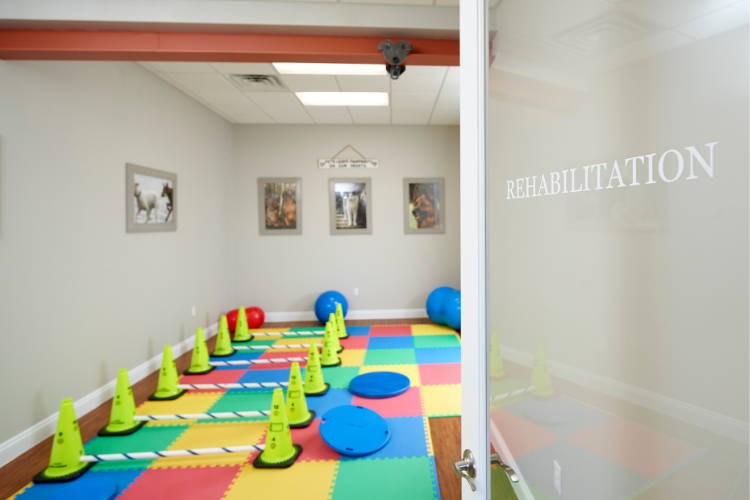THE CONDITION
A 2-year-old female spayed Havanese dog, Puddin’ was brought to our clinic because the caregivers reported consistent vocalization and eliminations when she was separated from people. The problem began immediately after they brought Puddin’ home from the breeder’s home at 7 weeks of age.
When she could not be watched, the family tried to place Puddin’ in a crate, pen, bathroom, and behind a baby gate. Increasing her space did not help the problem, however. With the help of a reputable reward- based trainer using positive associations and a slow desensitization process, Puddin’ adapted to confinement in a pen when she knew someone was in the home. But when her progress seemed to plateau, she was referred to a boarded veterinary behaviorist for more insight.
At the time of our session, the family did not feel they could leave Puddin’ alone due to her level of distress. They had been arranging their schedules so that someone could always be home with her. Alternatives were a dog play facility, paid sitters, or she would accompany a family member on outings. This created an emotional and financial strain on the family.
THE DIAGNOSIS
After assessing her health and observing her on webcams for other behavioral issues (e.g., incomplete house training, reaction to external noises), Puddin’ was diagnosed with separation anxiety.
The treatment plan included many layers to improve Puddin’s panic and distress immediately and in the long-term. The basic steps for treating separation anxiety include addressing the pet’s overall health and mental enrichment, behavior modification to change the emotional and behavioral response to being left alone, and addressing the neurochemicals creating the fear and panic, thus inhibiting learning.
THE TREATMENT
After creating an enrichment, exercise, and behavior modification plan, Puddin’ began a once-daily regimen of Reconcile® at approved doses. For the initial phase, the family was encouraged to continue to avoid separation. Like many dogs with separation anxiety, Puddin’ would not “get over it” with additional exposure to separation. She is a good example of sensitization, or worsening of the problem when individual dogs are exposed to their fears – in this case, separation from people – at high levels.
In a 2-week follow-up conversation, Puddin’ was tolerating the medication well, and during brief training sessions, she could remain calm on a dog bed while a family member opened the exit door. Progress continued in a slow-but-steady manner over the next few weeks with distress behaviors absent until approximately 60 minutes into the departure training. Even though Puddin’ could not be left alone for extended periods, freedom to run small errands was a light at the end of the tunnel, creating a sense of relief for the family members.
Approximately 6 to 12 months after the initial consult, Puddin’ was observed to be calm and resting for up to 6 hours alone in the home. Puddin’ was still administered Reconcile daily, and her behavior was very stable.
A SETBACK
At the 14-month period, Puddin’ was switched abruptly from Reconcile to another source by another veterinarian as a perceived convenience and cost-saving measure for the family*. Puddin’s family contacted our clinic after the reemergence of whining and barking at the exit door, with no other perceived changes in the household.
THE RECOMMENDATION
Questioning quickly revealed the correlation in time between the medication switch and worsening of separation issues. It was agreed that Puddin’ would be placed back on Reconcile and the separation plan restarted. Although it took over a month, Puddin’ was able to be left alone for over 6 hours again. Approximately two years later, Puddin’ was able to be successfully weaned off all medications.
Formulated specifically for dogs, Reconcile® (fluoxetine hydrochloride) is FDA-approved for the treatment of canine separation anxiety in conjunction with a behavior modification plan. Flavored and chewable for simple once-daily administration, Reconcile is veterinary-exclusive and available in 30 and 90-count bottles. It’s also economical for you to stock and for pet owners to purchase.
The conclusion in this case study is for educational purposes only to ensure that changes related to drug brands or dosage amounts should be evaluated under the care of a veterinarian.
ABOUT THE AUTHOR
This case study was provided with permission by Boarded Veterinary Behaviorist Dr Julia Albright who is an Associate Professor at the University of Tennessee College of Veterinary Medicine. You can read more about Dr. Albright and her work here.
Share
Related blogs

Revolutionizing Veterinary Ophthalmology: Enhancing Ocular Health with Innovative Tear Film Solutions
In this blog, we will delve into the layers of the tear film, its essential functions, causes of Dry Eye, causes of Corneal Ulceration, and revolutionary solutions like BioHanceTM and Sentrx Animal Care Ophthalmology Products.

Physical Rehabilitation Therapy and the Role Owners Play with Supplementation
RVTs Lauryn Harker and Tiffany Downing of Canine Rehabilitation of Orange County share 3 illuminating case studies which illustrate that the combination of customized Physical Rehabilitation Therapy, supplements, and diet can mean all the difference in patients outcomes and overall quality of life.
